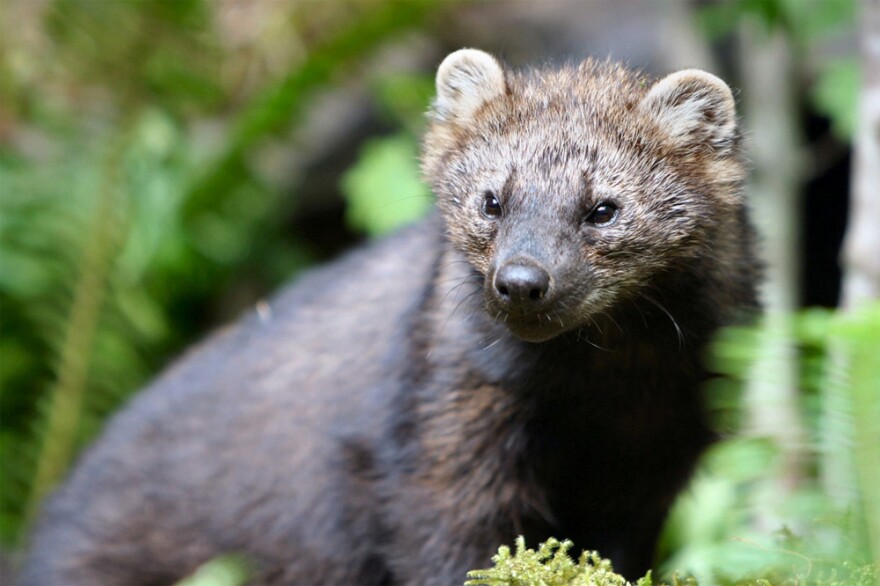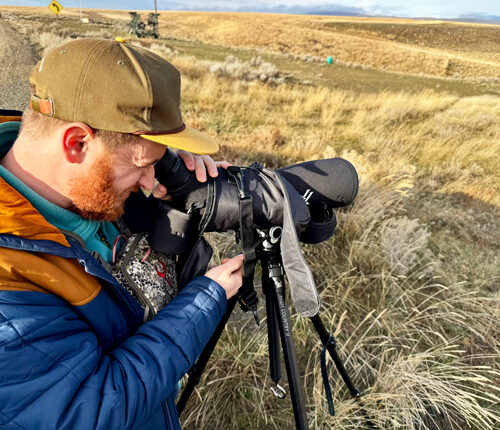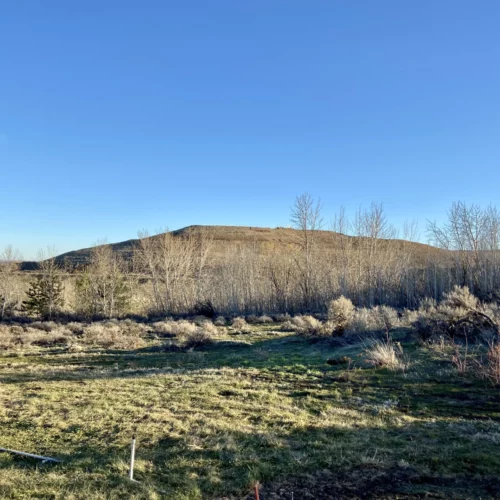
Conservation Funding For States One Step Closer To Becoming Law
Read
A bill that could provide the most significant wildlife funding in 50 years is a little closer to becoming law, according to conservation groups. The Recovering America’s Wildlife Act on Thursday passed out of the U.S. Senate Committee on Environment and Public Works.
State wildlife agencies need more funding for the hundreds of species the agencies are supposed to manage, according to conservation groups. In recent years, a major source of funding from hunting and fishing licenses has fallen short.
Now, a bill moving through the U.S. Congress could provide more than $1 billion each year to state agencies and tribes to recover at-risk wildlife. The Washington and Oregon Departments of Fish and Wildlife each could receive more than $20 million per year.
“The type of recovery work states can do with that money is the type of stuff that isn’t getting done now,” said Mitch Friedman, executive director of the group Conservation Northwest.
For example, around 4% of recovery efforts in Washington’s State Wildlife Action Plan, which includes 268 species, are off the ground now, Friedman said. The extra federal funding could help more state agencies reach more wildlife recovery priorities, he said.
Extra funding could help recovery projects such as reintroduction of the weasel-like fishers to Washington’s Cascades and the restoration of Canada lynx in the Kettle River Range, Friedman said. Both projects relied on a lot of private and innovative funding, he said, to stay viable.
“They’re great success stories, but if this act gets passed, then that type of work can happen without having to scrounge for money elsewhere,” Friedman said.
The goal, he said, is to keep species off the Endangered Species List, which he likened to an emergency room – expensive treatment, a little bit late.
“We want to keep our wildlife out of the ‘emergency room’ by investing in conservation earlier,” Friedman said.
Although congress has taken several passes at the Recovering America’s Wildlife Act, Zach Schwartz, Oregon program manager for Wildlands Network, said he thought the bill could become law this time around.
However, lawmakers are still figuring out how to fund the bill, he said.
In Oregon, the state wildlife agency also has suffered from funding problems, Schwartz said.
In 2016, a task force reported the department needed almost $50 million per year of additional funding to expand conservation efforts. Oregon’s conservation strategy lists 294 wildlife species that need protection.
In addition, wildlife face a number of threats, Schwartz said, including climate change and urban sprawl, such as in Deschutes County, Oregon’s fastest growing region.
“The more money we can put toward planning and adapting to those changes, the better,” Schwartz said.
In addition, Friedman said, more recovery efforts need to happen soon to protect wildlife.
“There’s never a shortage of things that need to be done to secure our wildlife’s future,” Friedman said. “The best first step we can take for that is passing the Recovering America’s Wildlife Act.”
Next, the U.S. House and Senate versions of the bill will head to a floor vote in each chamber.
Related Stories:

Canadian leaders hope trade negotiations won’t derail Columbia River Treaty
A view of the Columbia River in British Columbia. The Columbia River Treaty is on “pause” while the Trump administration considers its policy options. However, recent comments by President Donald

Searching for sage grouse: Looking for a chicken-sized needle in south-central WA
Seth Hulett, Audubon Washington’s senior program manager of the Columbia Plateau, searches through his spotting scope for sage grouse. (Credit: Courtney Flatt / NWPB) Listen (Runtime 4:12) Read In south-central

Landfill neighbors worry about PFAs contamination seeping into drinking water
A view of the landfill from Carole Degrave’s property line. (Credit: Courtney Flatt / NWPB) Listen (Runtime 0:54) Read For years, some people who live near a Central Washington landfill















